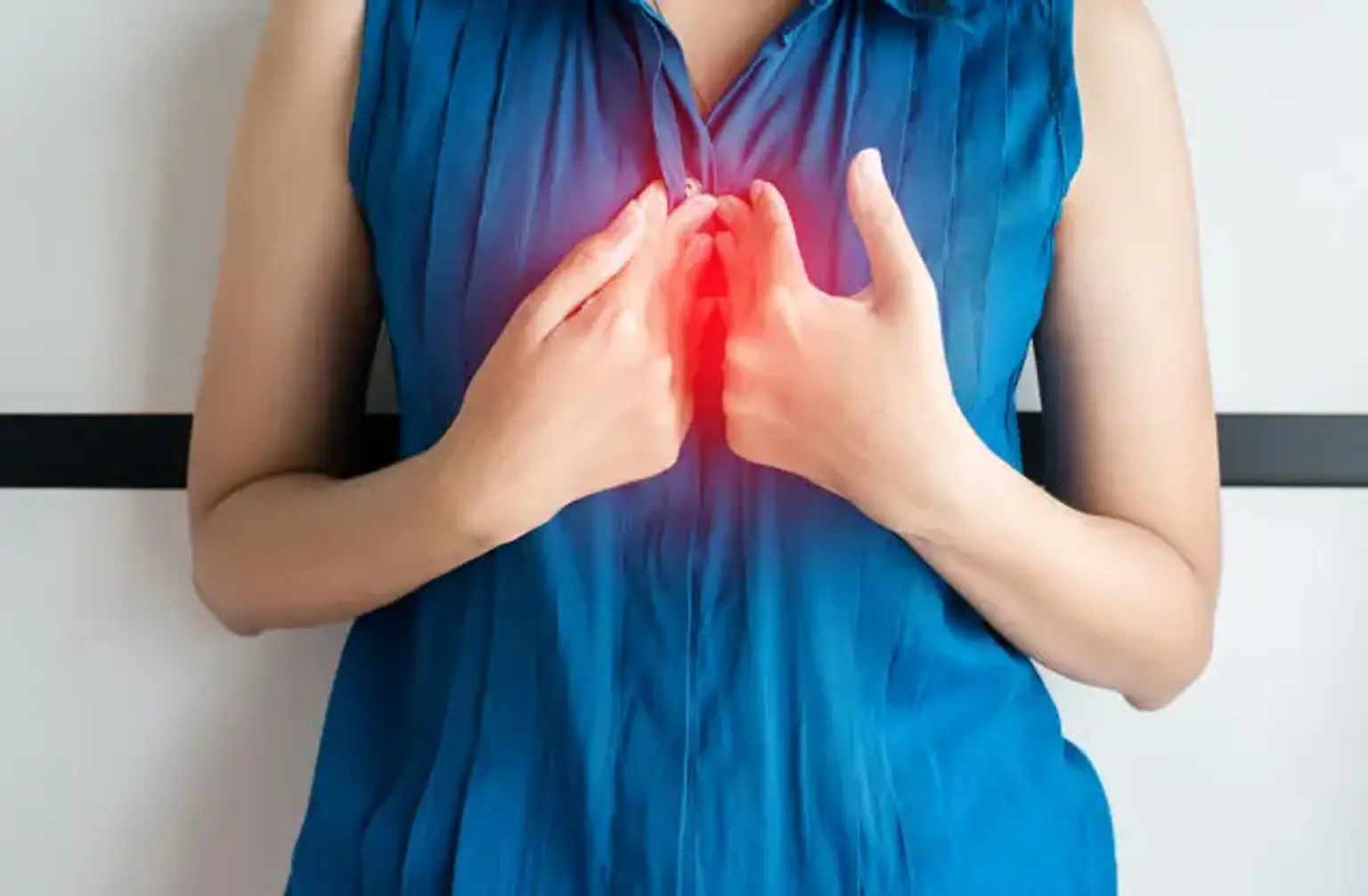What is Esophagitis?
Esophagitis is a medical condition characterized by inflammation of the esophagus, the muscular tube that carries food and liquids from the mouth to the stomach. This inflammation can lead to symptoms such as pain, difficulty swallowing, and discomfort in the chest area. Depending on the underlying cause, esophagitis can range from mild irritation to more severe cases that require immediate medical attention.
In recent years, the focus on diagnosing and treating esophagitis has increased, particularly in Korea, where advanced medical facilities offer state-of-the-art treatments for both domestic and international patients. Understanding the condition is essential to managing symptoms and preventing complications, such as damage to the esophagus or Barrett’s esophagus, a condition that can increase the risk of esophageal cancer.
Types of Esophagitis
Esophagitis is not a single entity but a term that encompasses several subtypes, each with distinct causes and symptoms:
Reflux Esophagitis
The most common form, reflux esophagitis, occurs due to gastroesophageal reflux disease (GERD). Stomach acid frequently flows back into the esophagus, causing irritation and inflammation.
Eosinophilic Esophagitis
This type is caused by an overactive immune response to allergens, leading to the accumulation of eosinophils (a type of white blood cell) in the esophagus. It is often associated with food allergies and other atopic conditions.
Infectious Esophagitis
A rarer form caused by infections, particularly in individuals with weakened immune systems. Common culprits include fungal infections like Candida, or viruses such as herpes simplex virus (HSV).
Chronic Esophagitis
Persistent inflammation over a prolonged period, often due to untreated GERD or repeated exposure to irritants like alcohol or certain medications.
By identifying the type of esophagitis, doctors can tailor treatment plans to address the underlying cause effectively.
